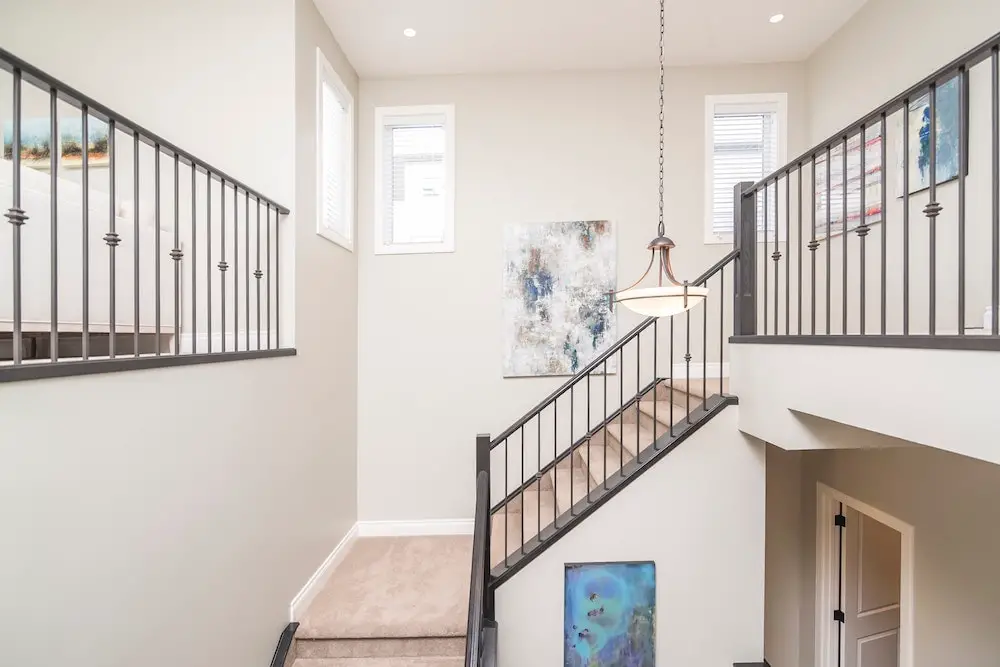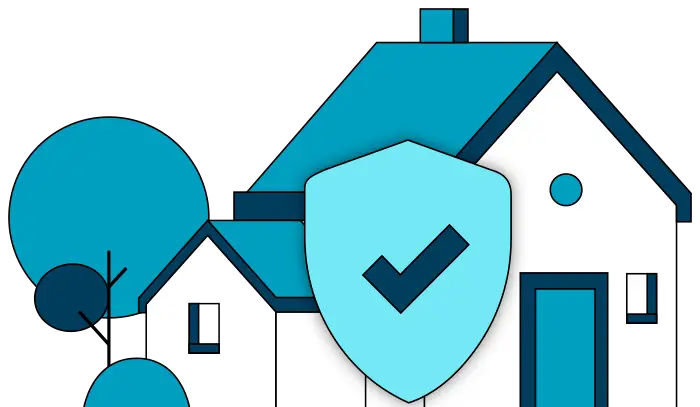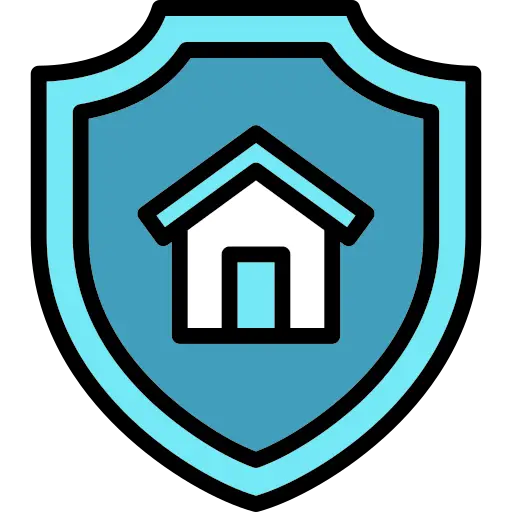
Perils are chance encounters for homeowners that are accidental and unexpected causing damage and destruction to their personal property. If your siding is wearing out or your fence is falling down, these are natural occurrences with time and age and are considered uninsured perils. Having someone come and throw a brick through your window is considered to be vandalism. The window will need to be repaired and this is an insured peril. Vandalism is a named peril.
Named perils are damages or losses that are specifically listed within your homeowners insurance policy where your coverage will be enforced if any of your property comes to be ruined by one of the listed perils. Named perils are generally much less costly than open perils which reimburse regardless of the cause. Named peril policies carry a much greater risk to the policyholder as their damages need to fall under a specific category unless you make an explicit list in order to declare any and all known incidents.

Named Perils
When searching for the named peril aspect of your homeowners insurance policy, you can find it under the ‘Perils Insured Against’ part of the plan. There are nearly always 16 perils that are covered; however, there are states with fewer including Texas with only 15. If any of the following events take place, you can file a claim and receive reimbursement if approved, apart from the deductible, even if the occurrence happened while your things were outside of the house.
- Lightning strike or fires
- Hailing or heavy wind-type storm
- An explosive event
- Civil disruption or riot
- Air, water, vehicle event
- Damage from smoke
- Vandals
- Collapsed sinkhole
- Thievery
- Objects that fall
- Ice, snow, sleet weighing down
- Overflow of water, heat/AC, plumbing/accident
- Accidental short circuit damage
- Activity related to a volcano
- Pipes freezing
- Tears, cracks, burns, bulges/accidental and sudden
Named peril doesn’t include flood or earthquake events. It’s a good idea to get those separate policies to add to your named peril plan. There are also ‘rider’ or ‘endorsement’ plans that you can get to add to your named peril plan that will help to cover any exclusions or exceptions that the named peril plan won’t reimburse for.
Conclusion
It’s important to do your research when you are buying your homeowners policy. Compare costs and coverage to see what will be most beneficial and protect your personal property to the fullest extent. Don’t just buy the named-peril policy. Pick up the ‘rider’ or the ‘endorsement’ as well as the flood and the earthquake so you’re most valuable possessions will be completely covered in the case of any type of disastrous occurrence.
A lot of the comprehensive homeowners insurance plans won’t oftentimes provide insurance that will cover a majority of the different types of risks or they offer simply too broad of coverage. The named peril policies offer you a comprehensive policy with the comfort of knowing that your personal property will be protected in nearly any type of catastrophic scenario and at a reasonable price. This allows you the ability to rest tight.

